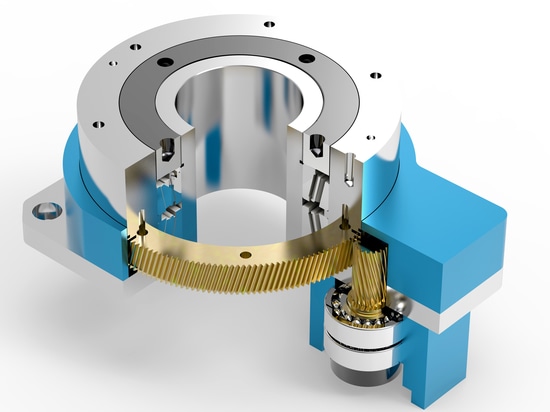
#Product Trends
How to Select a Proper Planetary Gearbox?
Gear Ratio
Ratio=Input Speed / Output Speed.
Gear ratios also can be defined as the correlation between teh numbers of teeth of two different gears. Commonly, the number of teeth a gear has is proportional to its circumference. This means that the gear with a larger circumference will have more gear teeth, therefore, the relationship between the circumferences of the two gears can also give an accurate gear ratio.
Output Torque
Output torque is important parameter when choosing a planetary gearbox. Gear reduction reduces the relatively high rotational speed of motor, delivering a lower rotational speed at the output end.
Overload torque
Maximum/peak/impact overload torque is the short-term overloading of the permitted output torque.
Speed (rpm)
Speed is proportional to the gear ratio of the system. If the input gear has more teeth than the output gear, the result will be an increase in speed at the output shaft. On the other hand, having the reverse scenario with more gear teeth at the output compared to the input will result in a decrease of speed at the output shaft. In general, the output speed can be determined by dividing the input speed by the gear ratio. The higher the ratio the lower the output speed will be and vice versa.
Backlash
Backlash is the angle in which the output shaft of a gearbox can rotate without the input shaft moving, or the gap between the teeth of two adjacent gears. It is not necessary to consider backlash for applications which do not involve load reversals. If the motion cycle is exactly repeated the backlash of planetary gearbox has theoretically not influence on the repeatability. However, in precision applications with load reversals like robotics, automation, CNC machines, etc., backlash is crucial for accuracy and positioning.




